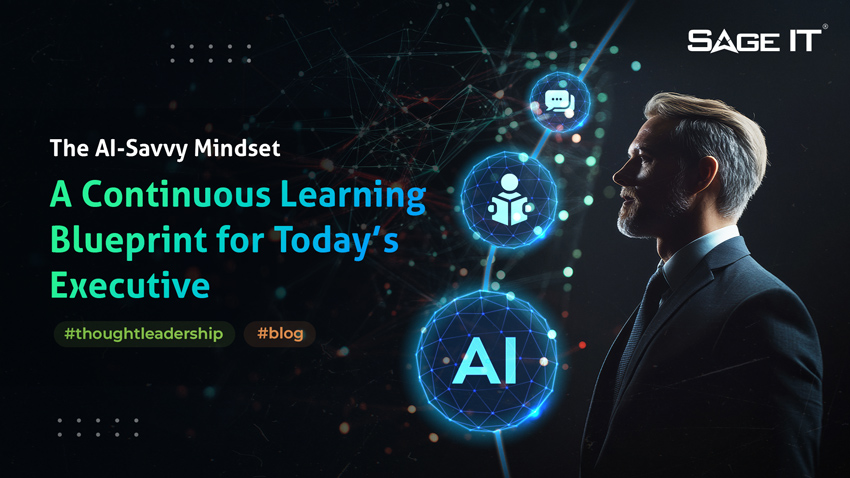Managing multiple software systems used to feel like navigating a maze without a map – constant data silos, manual processes, and inconsistencies. But the digital revolution, with APIs bridging applications and streamlining data flow, has paved the way for a transformation. Now, integration trends are set to redefine connectivity, seamlessly linking systems and data for unparalleled agility.
As technology evolves, mastering integration becomes essential for achieving flexibility, innovation, and lasting growth in business. Solutions that connect systems, simplify workflows, and improve data access are now crucial, not just additional benefits. The growing demand for a unified digital environment shows how important integration has become.
What do these trends mean for your business? How can you use them to create a more connected and smooth-running operation? We’ll look at how integration can turn challenges into opportunities, helping you succeed in the future.
The Rise of API-led Connectivity
Traditional integration methods often created systems that were inflexible and hard to scale. Now, there is a move towards using APIs, which serve as flexible building blocks, making it easier for software systems to share data smoothly.
This approach offers strategic advantages beyond technical benefits:
Actionable Takeaways
API-led connectivity is a strategic imperative for businesses seeking to thrive in the digital age. It breaks down silos, encourages new ideas, and creates a truly connected enterprise ready for future challenges and opportunities.
Simplifying Integration with iPaaS Solutions
As integration complexity grows, Integration Platform as a Service (iPaaS) emerges as a strategic enabler.
This cloud-based platform simplifies connections across your organization, eliminating custom coding and point-to-point connections.
Think of iPaaS as your integration toolbox, packed with pre-built connectors, data transformation, and workflow automation. It empowers businesses to streamline projects and accelerate time-to-market.
Key iPaaS advantages
Strategic Implications
iPaaS makes integration accessible to everyone, helping businesses move quickly and stay competitive. It allows companies to respond fast to market changes, launch products faster, and adjust to changing customer needs.
By connecting disparate systems, iPaaS provides a unified data view, enhancing customer experiences through personalization and seamless omnichannel interactions.
Furthermore, iPaaS facilitates new business models by enabling rapid integration of partners and services, unlocking innovative revenue streams.
Actionable Takeaways
iPaaS unlocks the full potential of data and applications. As integration challenges grow, it becomes indispensable for businesses thriving in the connected era.
Overcoming Integration Challenges in a Hybrid IT Landscape
Today’s businesses often operate in a hybrid IT landscape, with a mix of on-premises and cloud applications.
This creates integration challenges that can hinder agility. Hybrid integration emerges as the solution, enabling seamless connectivity and data exchange between these disparate environments.
By strategically combining various integration patterns and technologies, hybrid integration bridges the gap, empowering organizations to leverage the benefits of both on-premises and cloud systems.
Key Features & Strategic Implications
Actionable Takeaways
Hybrid integration is more than a technical solution; it’s a strategic enabler for businesses navigating today’s complex IT landscape. By embracing its flexibility, organizations can position themselves for future success, leveraging both on-premises and cloud environments to achieve their goals.
Leveraging AI and Automation for Smarter Integration
AI and automation aren’t just transforming business operations; they’re revolutionizing integration, turning it from a tactical necessity into a strategic advantage.
AI-powered tools are making integration smarter, faster, and more insightful.
From intelligent data mapping that automates tedious tasks to pattern recognition that ensures data quality, generative AI development streamlines processes and frees up resources for strategic work.
The benefits extend beyond efficiency
As AI advances, expect even more transformative applications in integration, from self-healing systems to AI-driven optimization recommendations.
Actionable Takeaways
By embracing AI and automation, businesses can transform integration into a strategic enabler, driving innovation, agility, and sustainable growth.
Data Integration and Governance: Key to Informed Decisions and Growth
In the connected business landscape, data fuels decision-making and innovation. Yet, data often resides in fragmented systems, hindering a holistic view. Data integration acts as the bridge, consolidating information into a unified whole.
Effective integration breaks down silos, empowering businesses with a 360-degree view. This translates to informed decisions, personalized customer experiences, and the discovery of new opportunities.
But integration alone isn’t enough. Data governance ensures data accuracy, consistency, security, and compliance. It establishes policies for managing data throughout its lifecycle.
Key aspects include
Bringing together integration and strong governance reveals the full value of data. It helps build trust, supports decisions based on data, and encourages new ideas.
As data volumes surge, these disciplines become even more critical. Mastering them provides a competitive edge; neglecting them risks being overwhelmed.
Actionable Takeaways
Remember, effective data integration and governance are ongoing processes. Prioritize them to navigate the digital age and unlock your data’s full potential.
Conclusion
The integration trends we’ve explored are not mere technological advancements; they’re the catalysts propelling businesses into an era of agility, innovation, and data-driven decisions.
As the digital landscape evolves, businesses embracing these strategies won’t just survive, they’ll thrive. Seamless experiences for customers and employees will unlock new levels of efficiency.
Integration is no longer a luxury; it’s the bedrock of future success. The time to act is now. Embrace connection, position your business at the forefront of the digital revolution, and seize the limitless possibilities ahead. In the interconnected world of tomorrow, the most successful businesses won’t just be connected – they’ll be seamlessly integrated.












